What is ISO?
It's an integral part of the exposure triangle. It is also possibly the least understood of the three elements that make up that triangle.
This is especially true to those who are relatively new to photography. Like shutter speed and aperture, ISO has its roots firmly in the film era.
In fact many of us older photographers will be familiar with its alter ego, ASA.
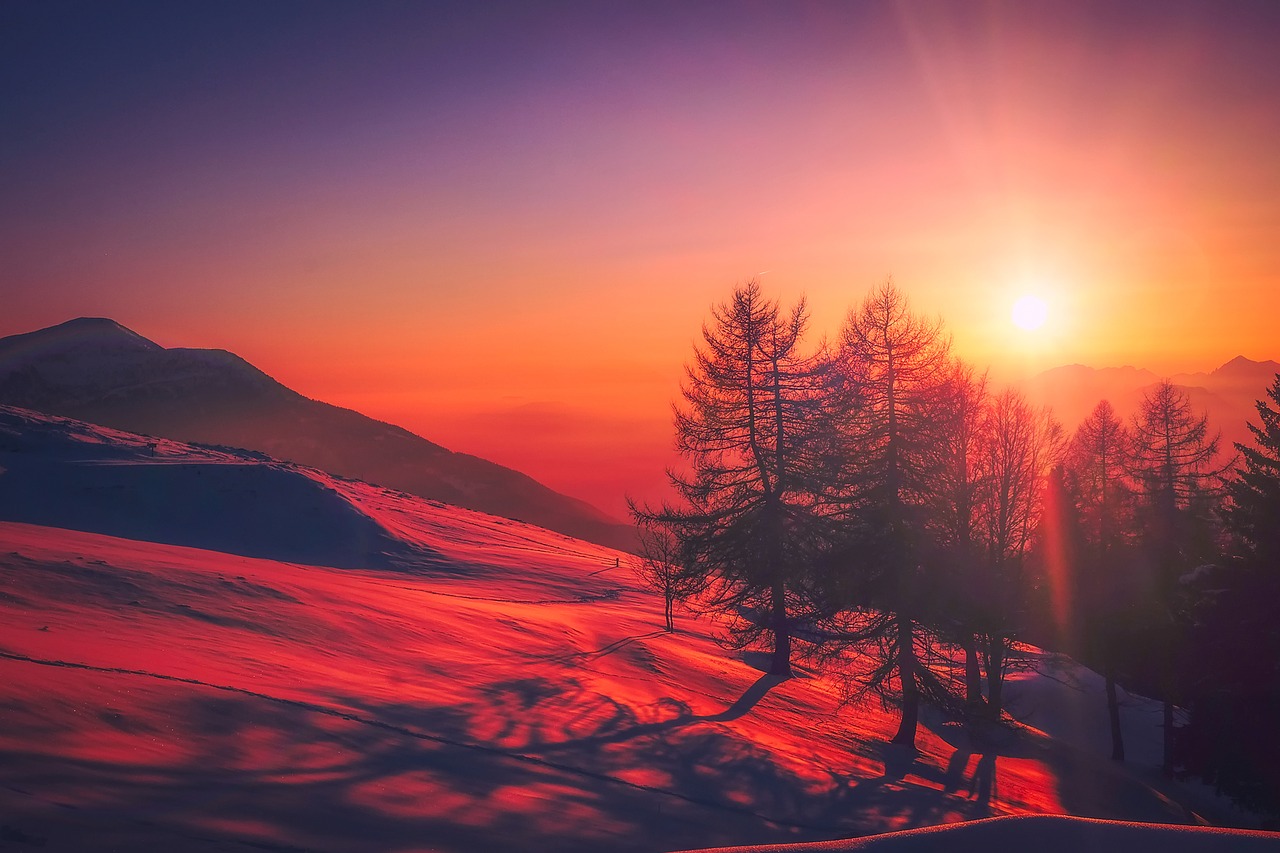
Both are scales to measure sensitivity to light. In the photographic world, this means film sensitivity or sensor sensitivity. This, in turn, makes it a vital thing to know about if we are trying to get the best exposure. Today we will try to unravel the mysteries of ISO and it’s relevance to taking photographs.
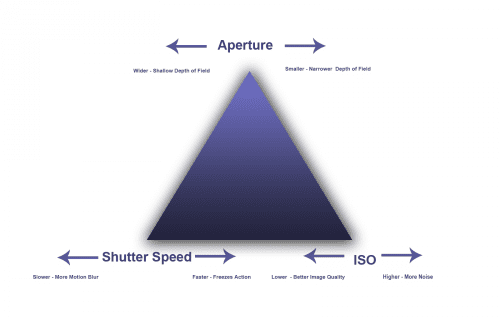
What Does ISO Denote?
It is a scale created by the German Institute for Standardisation to define the sensitivity of film and sensors to light. Although the original ISO was based on a logarithmic scale, its modern day incarnation uses the easier-to-understand arithmetical scale formally used by ASA.
This means that sensitivity to light is measured on a logical scale, a double in the sensitivity will give a doubling of the ISO figure.
Typically modern day cameras have what is called a base ISO. This is not necessarily the lowest ISO the camera is capable of but it is the one that gives the optimum image quality. On most cameras, this is either 100 or 200 ISO.
Assuming the base sensitivity of ISO 200 if we now double the sensor’s sensitivity to light we get ISO 400. If we double it again we get ISO 800. So as you can see its a logical scale.
Let’s have a look at what means to real world shooting:
If we are taking a shot in relatively low light, we might find that our exposure is 1/15th sec at f4.0 using our camera’s base ISO of 200. This means the shutter speed might be a little too low to get a decent hand-held shot without camera shake.
Because we cannot decrease the shutter speed anymore, our only options are to widen the aperture or increase the ISO. It might be that f/4.0 is our maximum aperture so then the only option is to increase the ISO.
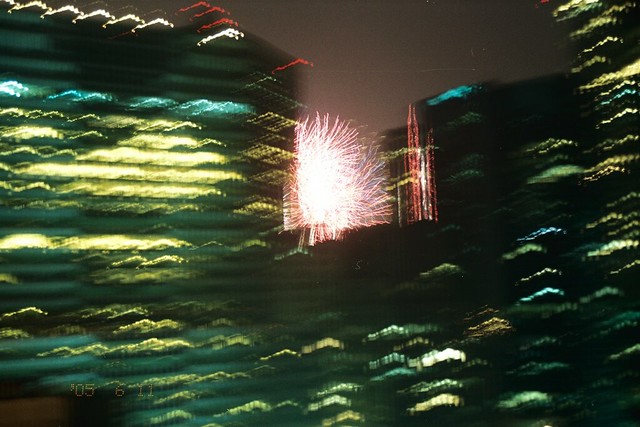
The only options here are a higher ISO or a tripod.
If we now increase the ISO from the base of 200 to 400, we double the sensitivity of our sensor. This, in turn, gives us one extra stop of sensitivity to light.
So assuming we keep at f/4.0 we can now raise our shutter speed one stop from 1/15th to 1/30th of a second. Double the ISO again from 400 to 800 we can raise the shutter speed from 1/30th to 1/60th of a second.
Of course, it does not have to be shutter speed we increase, we could also decrease the aperture, from f4.0 to f5.6 to f8.0 if that were preferable. What’s important is that ISO is the third element in balancing our exposures.
How Does it Work?
It might not seem important to know how a camera sensor increases it’s ISO but it has big ramifications on the quality of our image. In layman's terms, each pixel on our sensor can capture a certain amount of light in a set time.
If there is not enough light to completely “fill” that pixel we get under exposure. When we boost the ISO, the camera sensor effectively amplifies the light received in each pixel to a level that gives us a good exposure.
As you increase the ISO, there is a greater chance of electrical interference between each of the individual pixels, resulting in a “noisy” signal. That leads us to the big caveat of increasing sensor ISO…image noise.
Here's some examples to demonstrate:
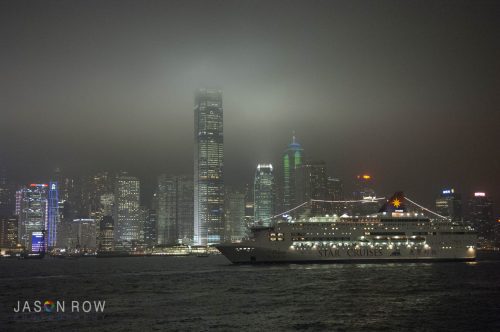
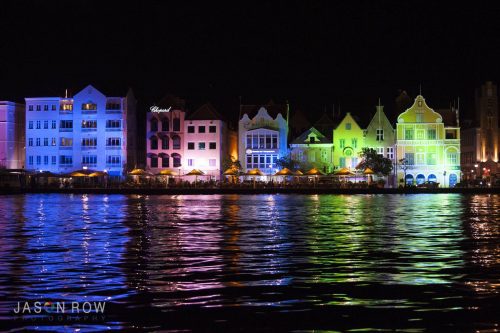
That increased signal noise will manifest itself in the quality of the image. As you increase the ISO you increase the noise to a certain point where the image becomes effectively, unusable.
In the early days of digital imaging, images became pretty much unusable after ISO 800. However, technology has moved one and sensors are now capable of controlling noise at much higher ISOs.
The above is the main reason why full frame images have less noise than cameras with small sensors.
The smaller and closer the pixels are together, the increased likelihood of noise at a given ISO.
Understanding ISO is as important as understanding aperture and shutter speed. Each element of the exposure triangle has consequences when used.
Slower shutter speeds can give camera shake, higher apertures can give diffraction and increased ISO can lead to noise. Finding the best balance between all three is the key to the perfect exposure.
Further Resources
- Photographers. Why the Fear Around Shooting at High ISO? by Russell Goodman
- Have You Discovered The Power Of Auto ISO Yet? by Jason Row
- Understanding Light II by Photzy
- 5 Reasons You Should Give Film Photography a Shot by Jason D. Little
- Getting Started With ISO: A Beginner’s Guide by Dzvonko Petrovski

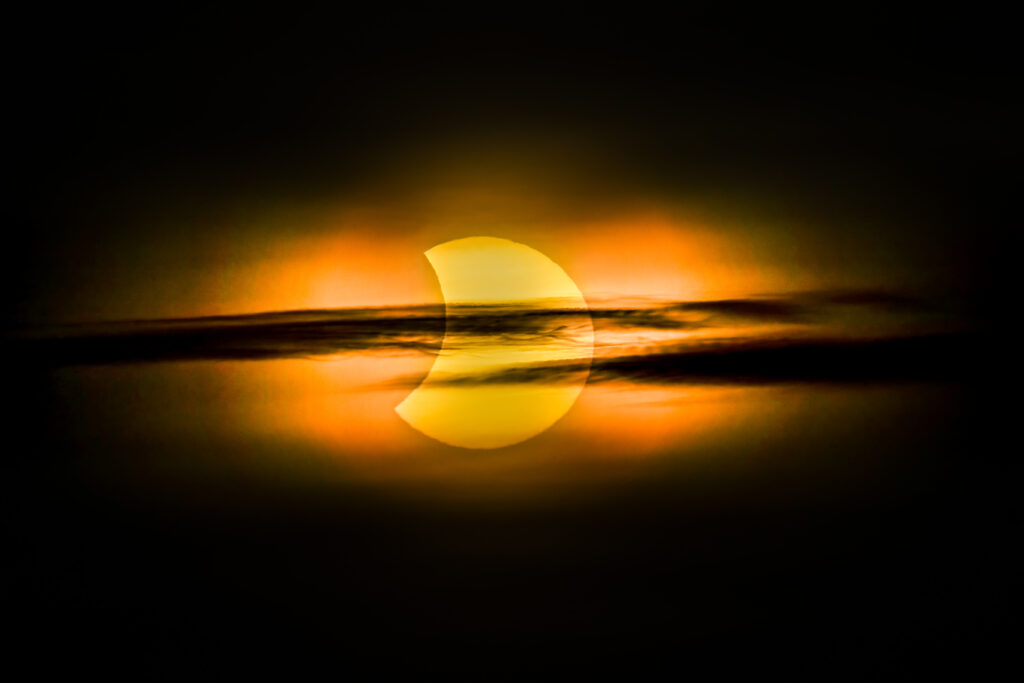
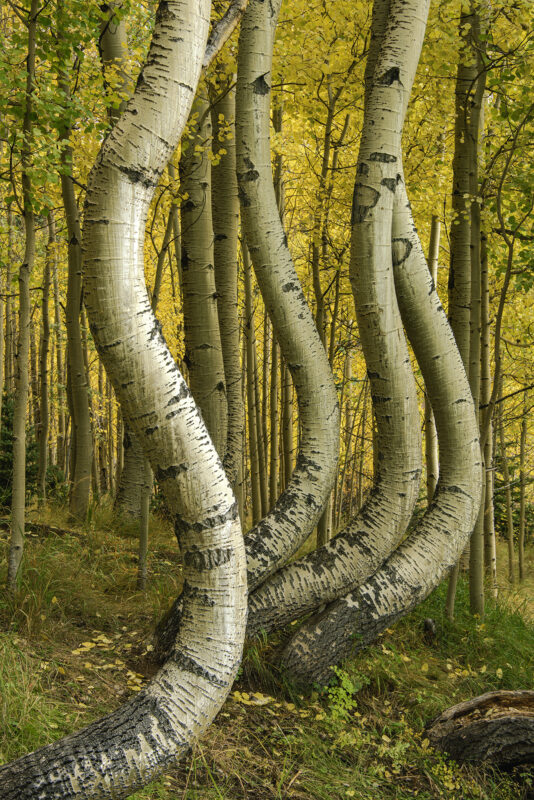
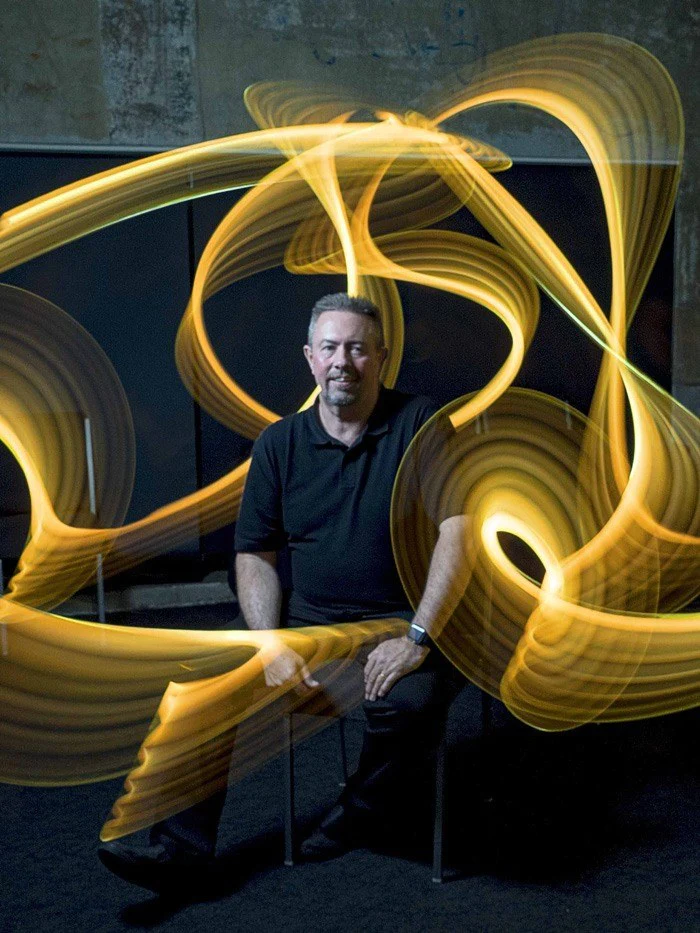
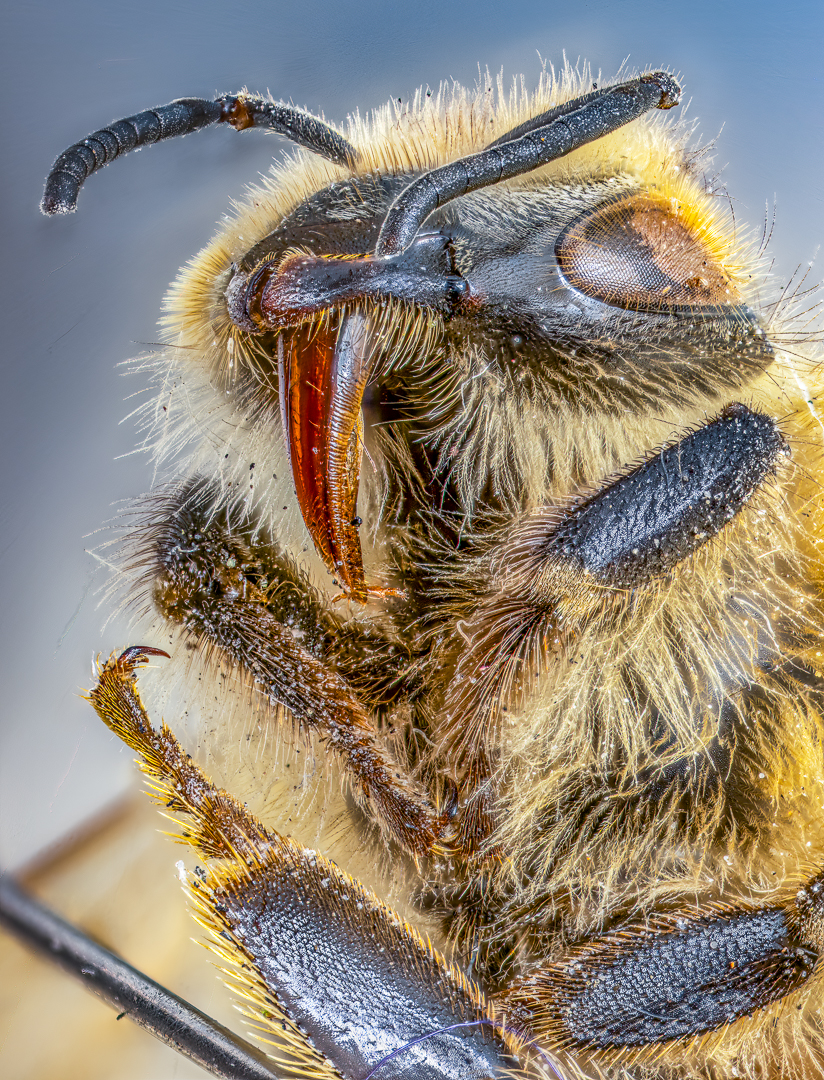
2 Comments
I’ve come across a number of articles that suggest that larger pixels also capture more information, with better detail and colour, and greater dynamic range, yielding a better image. Added to your explanation of the increase in noise that accompanies increased pixel numbers, I am left wondering what is the trade off? – what really IS the advantage of huge pixel numbers?
The current Sony A7 series gives a good example of what you are talking about. The A7s cameras are 12MP cameras with better sensitivity and more useable at high ISO. The A7r is 42MP camera with higher resolution and more detail but less sensitivity to light and less usable, relatively, to the A7s. Horses for courses, the R cameras are better for landscapes and the s for low light photography.